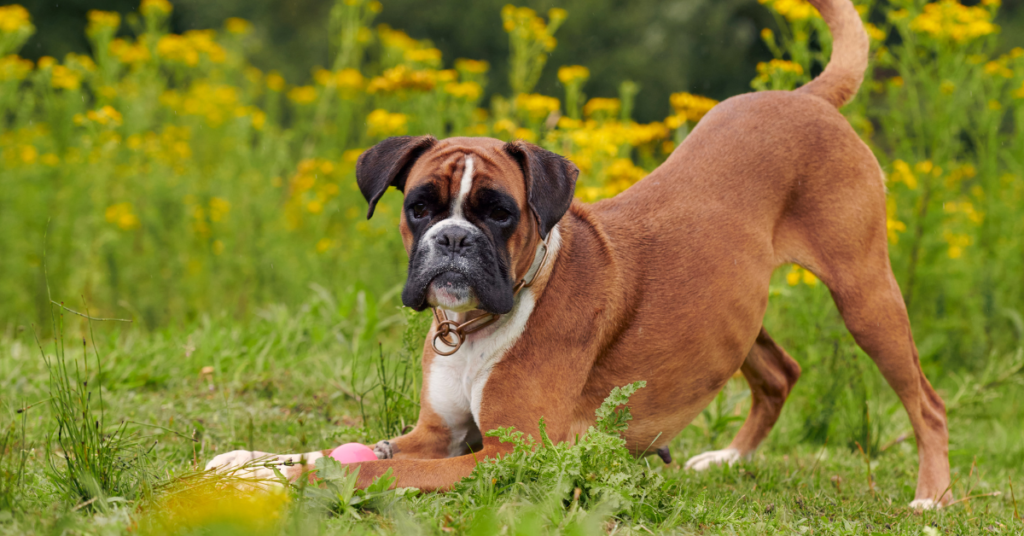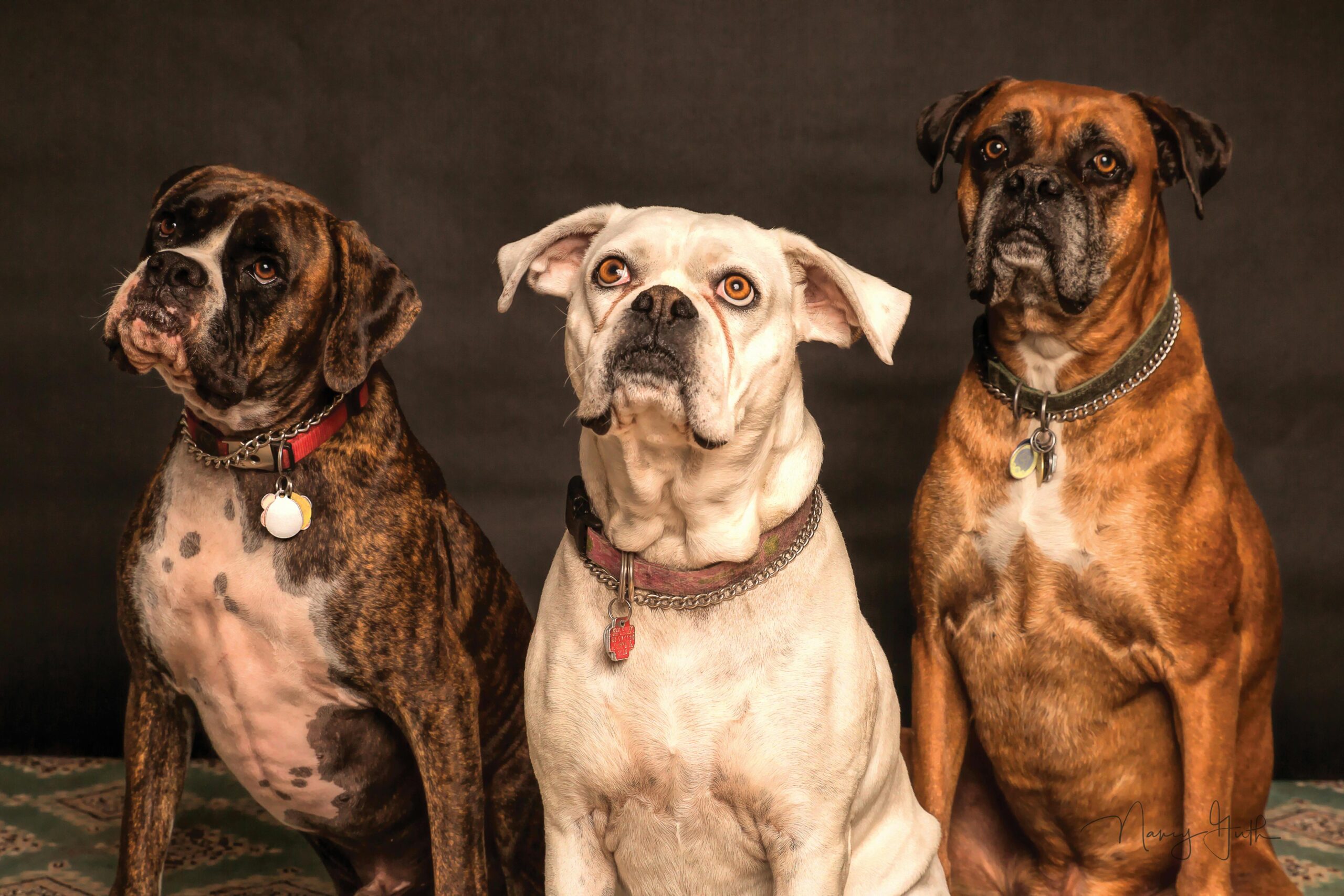TPLO (Tibial Plateau Leveling Osteotomy) surgery is a common procedure used to treat cranial cruciate ligament injuries and disease in dogs This surgery is highly effective but requires careful post-operative care to ensure a successful recovery. The healing process can be challenging for both dogs and their owners, particularly when it comes to keeping the dog calm. Post-surgery, dogs may experience boredom, pain, behavioral issues, separation anxiety, and difficulty with medication administration. Neglecting these aspects can lead to complications such as limited function, infection, or prolonged recovery.
Understanding TPLO Surgery Recovery
The recovery period after TPLO surgery is vital for your dog’s complete healing. It is generally divided into three phases: immediate post-surgery, early recovery, and long-term recovery. In the immediate post-surgery phase, your dog will be groggy and likely uncomfortable, requiring close monitoring. The early recovery phase involves restricted movement and close supervision to prevent any undue strain on the surgical site. The long-term recovery phase focuses on the gradual reintroduction of controlled activities to restore your dog’s mobility.
Keeping your dog calm after surgery during these phases is essential to avoid setbacks and make the recovery process smoother and less stressful. For a more detailed timeline, refer to TPLO Surgery Recovery Timelines.
Preparing for a Calm Recovery Environment
Creating a comfortable and calm recovery environment is the first step in ensuring your dog’s successful healing. Set up a quiet, confined area for your dog, which could be a crate, playpen, or a small room. This space should have easy access to water and food and be free from environmental stressors such as loud noises, active children, or other pets. Calming aids like soft music, white noise, or even pheromone diffusers can help create a serene atmosphere and help keep your dog quiet after surgery. This setup will help your dog feel secure and less anxious, aiding in their overall recovery.
Managing Your Dog’s Physical Activity
Strict rest periods are essential for your dog’s recovery, especially during the initial healing phase. Physical activity should be significantly limited, with only short, supervised leash walks for bathroom breaks. It’s important to avoid jumping, climbing stairs, or any vigorous activity that could strain the surgical site. If your home has stairs, consider setting up your dog’s recovery area on the ground floor to prevent the need for climbing.
Controlled exercise is key to rehabilitation. This includes passive range of motion exercises, which involve gently moving your dog’s limbs to maintain flexibility and prevent stiffness. Gradually reintroduce controlled walks and exercises as per your veterinarian’s guidelines. Even if your dog seems eager to move around, it’s important to stick to the recommended activity levels to avoid setbacks.
Mental stimulation is equally important to prevent boredom. Provide your dog with puzzle toys and interactive games that keep their mind engaged without requiring physical exertion. However, be cautious not to overfeed your dog during this period, as weight management is crucial for a smooth recovery.
Using Calming Techniques and Products
Various calming techniques and products can help keep your dog relaxed during the recovery period. Natural calming aids like pheromone diffusers and sprays can create a soothing environment. Herbal supplements such as valerian root or German chamomile may also help, but always consult your veterinarian before introducing any new supplements.
In some cases, medication to keep your dog calm after surgery may be necessary. Commonly used medications include Trazodone, Gabapentin, or Acepromazine. Again, it’s essential to get your veterinarian’s approval before administering any medication.
Behavior modification techniques can also be effective in keeping an energetic dog calm after surgery. Training commands for calm behavior, using positive reinforcement, and employing desensitization techniques for anxiety triggers can help your dog remain calm and cooperative during the recovery period.
Monitoring and Adjusting Care
Monitoring your dog’s stress levels and discomfort is critical. Signs of stress include excessive panting, whining, restlessness, and loss of appetite. Pain may be indicated by reluctance to move, vocalization, or aggression. If you notice any of these signs, consult your veterinarian immediately.
As your dog progresses through the recovery stages, it’s important to adjust care as needed. Modify the recovery plan based on your dog’s healing rate and comfort level. Regular veterinary check-ups will ensure that your dog is on the right track, and your vet can provide guidance on adapting exercise routines as your dog regains strength.
Emotional Support and Bonding
Providing emotional support is just as important as physical care during your dog’s recovery. Spend quality time with your dog, offering affection and gentle reassurance. Talking to your pet in a calm, soothing voice can help alleviate anxiety. Your dog will enjoy some cuddles with their humans and will feel less lonely and restricted during their recovery if someone in the family spends some regular time with them. It is a great time to strengthen the bond between you and man’s best friend. Maintaining a positive attitude and staying patient will also help your dog remain calm, dogs can sense your emotions.
Celebrate small milestones in your dog’s recovery, such as completing a short walk or showing interest in a favorite toy. These moments of progress will boost your dog’s spirits and reinforce their trust in you.
Conclusion
A successful recovery from TPLO surgery requires a calm and supportive environment, careful management of physical activity, and the use of appropriate calming techniques. Monitoring your dog’s progress and providing consistent emotional support are essential components of the healing process. By staying dedicated to your dog’s recovery and seeking professional help when needed, you can ensure a smooth and effective healing journey. For more information on potential complications, refer to Common Complications of TPLO Surgery in Dogs.
If your dog requires TPLO surgery or you would like some more information on how to keep your dog calm after surgery, please do not hesitate to contact us. At Animal Outpatient Surgery of San Diego, we offer expert surgical care for your furry family members.
Works cited
Dorn, M. 2017. Crate confinement of dogs after following orthopedic surgery. Part 2: practical recovery area considerations. Companion Animal. 22(10):2–10. Available: https://therehabvet.com/wp-content/uploads/2020/08/MDorn_2017_crate-confinement-2.pdf [2024, August 05].



